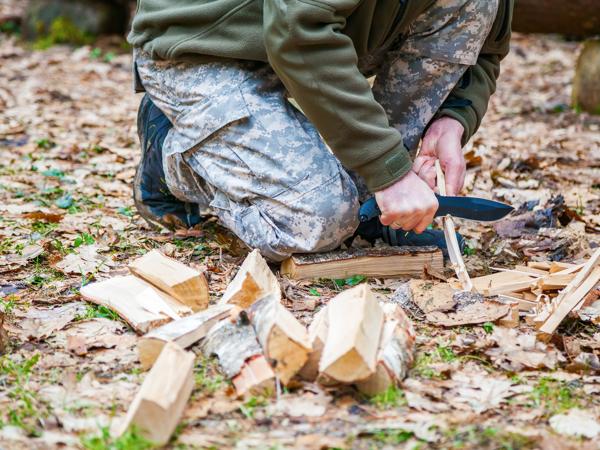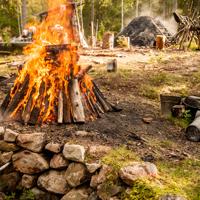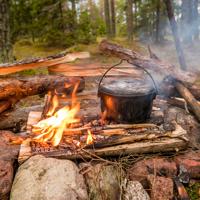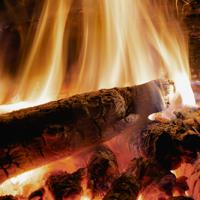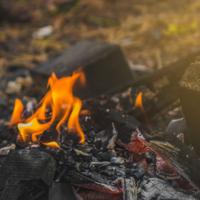Starting a fire is one of the most crucial skills in survival situations. It provides warmth, cooks food, and can signal for help. While matches and lighters are convenient, mastering friction-based fire starting methods might ensure you remain resourceful even without commercial tools. Let’s explore some traditional techniques that have been used by indigenous communities and survivalists alike.
Understanding the Basics of Friction Fires
Friction fire lighting relies on the heat generated by rubbing two pieces of wood together. The friction creates a small ember that can ignite tinder, leading to a flame. It’s essential to understand the process, as it requires patience, practice, and the right materials.
The key components of any friction fire technique include:
- Spindle: A straight piece of dry wood that will be twirled or bow-drilled.
- Fireboard: A flat piece of wood with a notch carved out that collects embers.
- Tinder: Highly flammable materials that will catch the ember and sustain a flame.
Each of these components plays a critical role in generating and sustaining a fire.
Techniques for Friction Fire Starting
Hand Drill
The hand drill method is one of the oldest fire-starting techniques. It requires minimal tools but a considerable amount of patience.
-
Materials: You’ll need a straight spindle (preferably 2 feet long and ½ inch thick) and a flat fireboard.
-
Process: Place the spindle on the notch of the fireboard. Roll the spindle between your palms smoothly, while exerting downward pressure. The friction will produce an ember in the notch.
-
Considerations: This technique works best with dry, softwoods like yucca, cedar, or cottonwood. Ensuring the proper dryness of materials is crucial for success.
Bow Drill
The bow drill consists of a bow, spindle, fireboard, and a socket (used to apply downward pressure).
-
Materials: Construct a bow using a flexible branch and cordage. The spindle should be similar to the one used in the hand drill. The socket can be a curved rock or piece of hardwood.
-
Process: Wrap the cordage around the spindle. Place the spindle on the fireboard, with the bow held parallel to the ground. Move the bow back and forth in a steady motion, while applying downward pressure with the socket. Eventually, an ember will form.
-
Advantages: The bow drill is efficient because it uses a mechanical advantage from the bow. This technique is less tiring than the hand drill and is particularly suited for beginners.
Fire Plough
The fire plough uses a spindle and a groove in a piece of wood to create friction.
-
Materials: Use a hardwood plough and a softer fireboard.
-
Process: Rub the hard wooden spindle along a groove in the softwood fireboard. The heat generated from the friction should produce fine embers.
-
Application: This method requires considerable effort but can effectively produce fire in dry conditions.
Tips for Successful Friction Fire Starting
-
Practice: Consistent practice is invaluable. The techniques might seem challenging at first, but practice contributes to efficiency and success.
-
Material Selection: Dryness and type of wood are essential. It’s wise to experiment with different combinations of woods to see which work best together.
-
Environmental Considerations: Humidity can impact friction fire effectiveness. Choose dry, covered areas to conduct these techniques.
Conclusion
Friction fire-starting methods are not just about survival; they connect us to ancient skills and human innovation. Understanding and mastering these techniques can be a gratifying experience.
As with any skill, practice is the key to mastery. Stay patient and persevere. The ability to start a fire without modern tools speaks volumes about human resilience and ingenuity.
For further reading on primitive fire-making techniques, you can explore historical texts and documentaries that showcase indigenous fire-making practices. Gaining firsthand insights through workshops and survival courses can also be immensely beneficial.
Stay resourceful and prepared on your journey through the world of survival skills.
